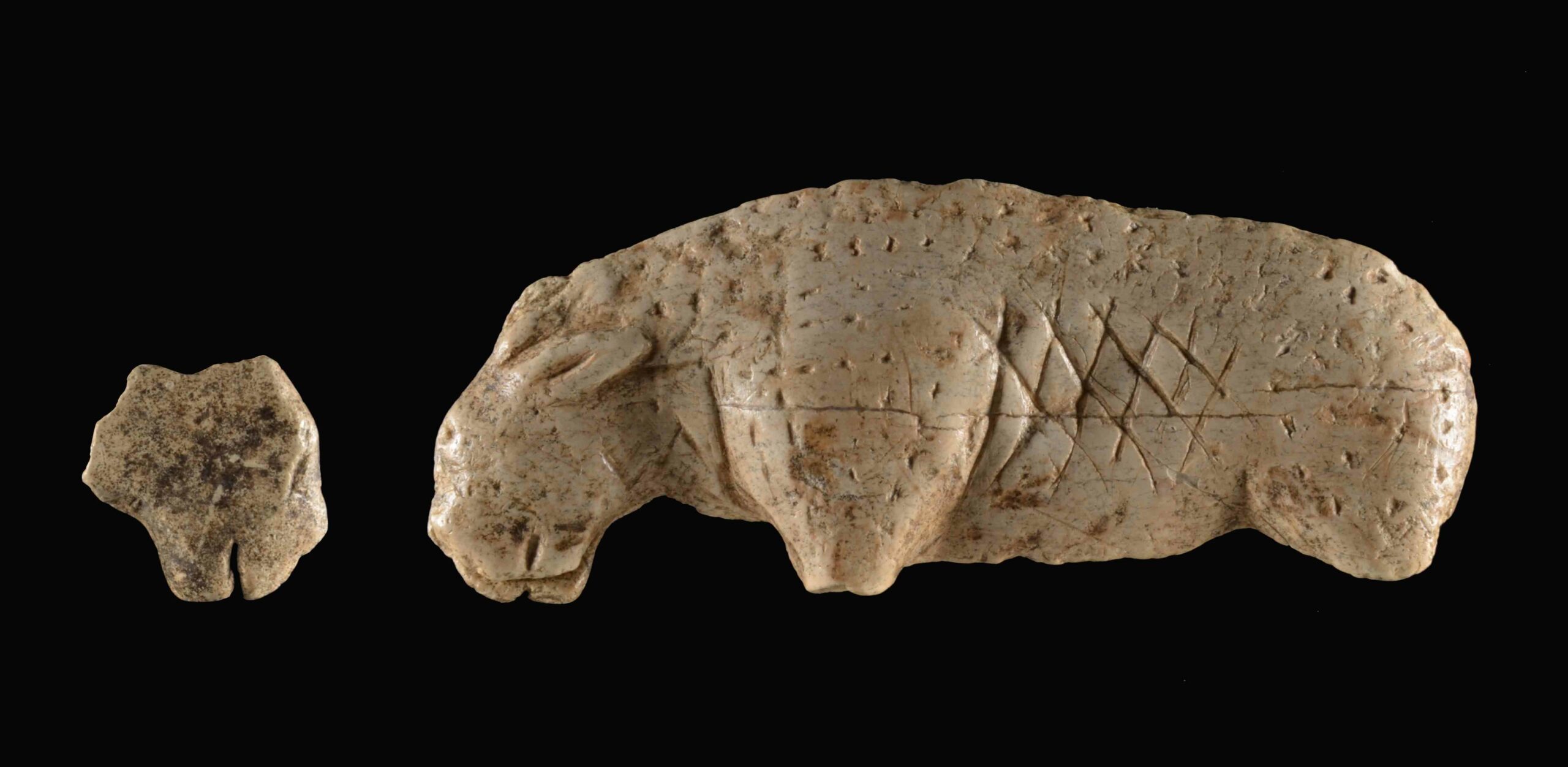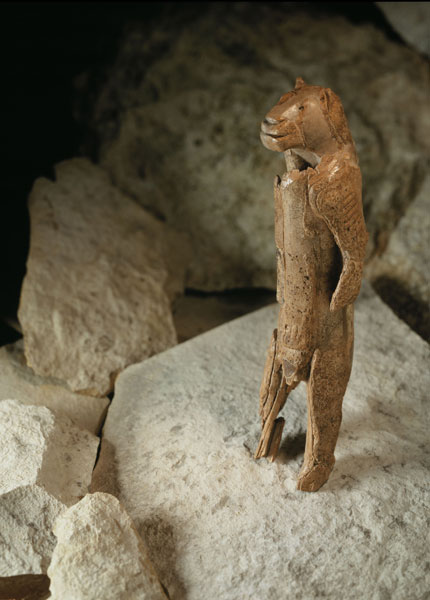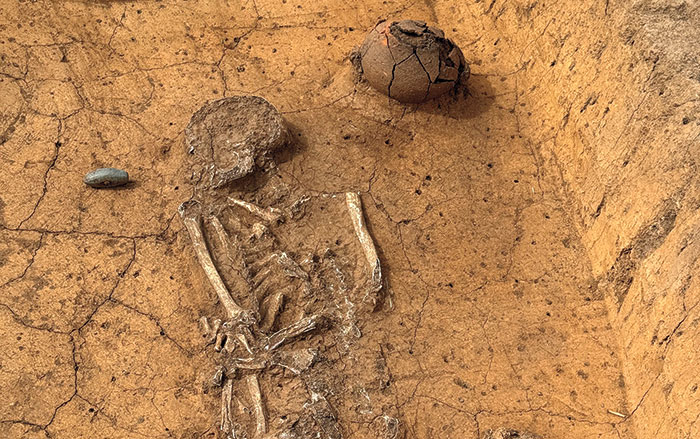
TÜBINGEN, GERMANY—According to a statement released by the University of Tübingen, cut marks on the hand and foot bones of cave bears unearthed at Schöningen, a Lower Paleolithic site in northwestern Germany, suggest that humans used bear skins at least 300,000 years ago. Ivo Verheijen of the University of Tübingen said that cut marks on bones are usually thought to be the result of butchering animals for meat, but these fine marks indicate that the skin was carefully detached from these small bones. Verheijen added that bear skin must be removed shortly after an animal’s death if it is to be preserved and used. Spears found in the cave may have been used to hunt the bears. Eating bear meat and wearing their well-insulated skins was likely key to early human survival in northern Europe, concluded Nicholas Conard of the University of Tübingen. For more on the spears discovered at Schöningen, go to "Hunting Equipment."











